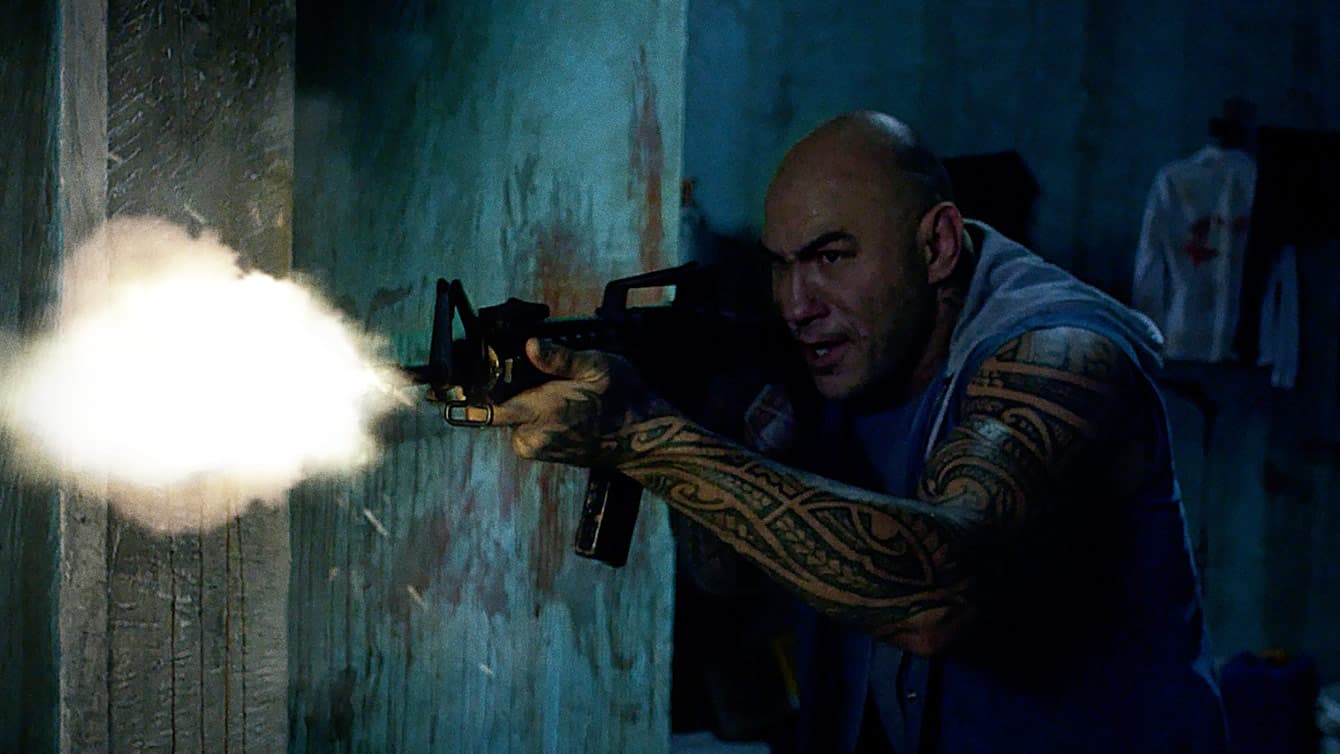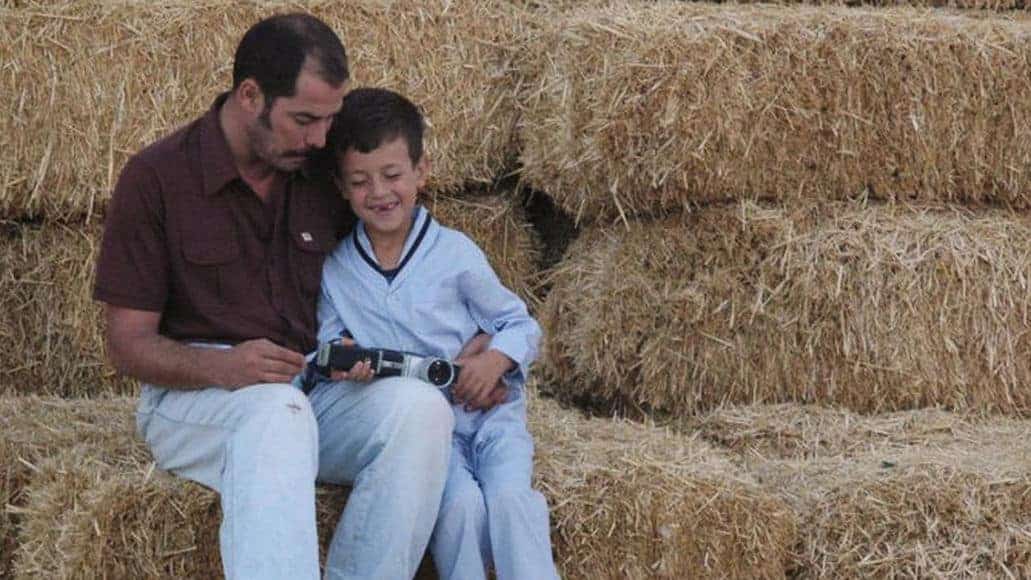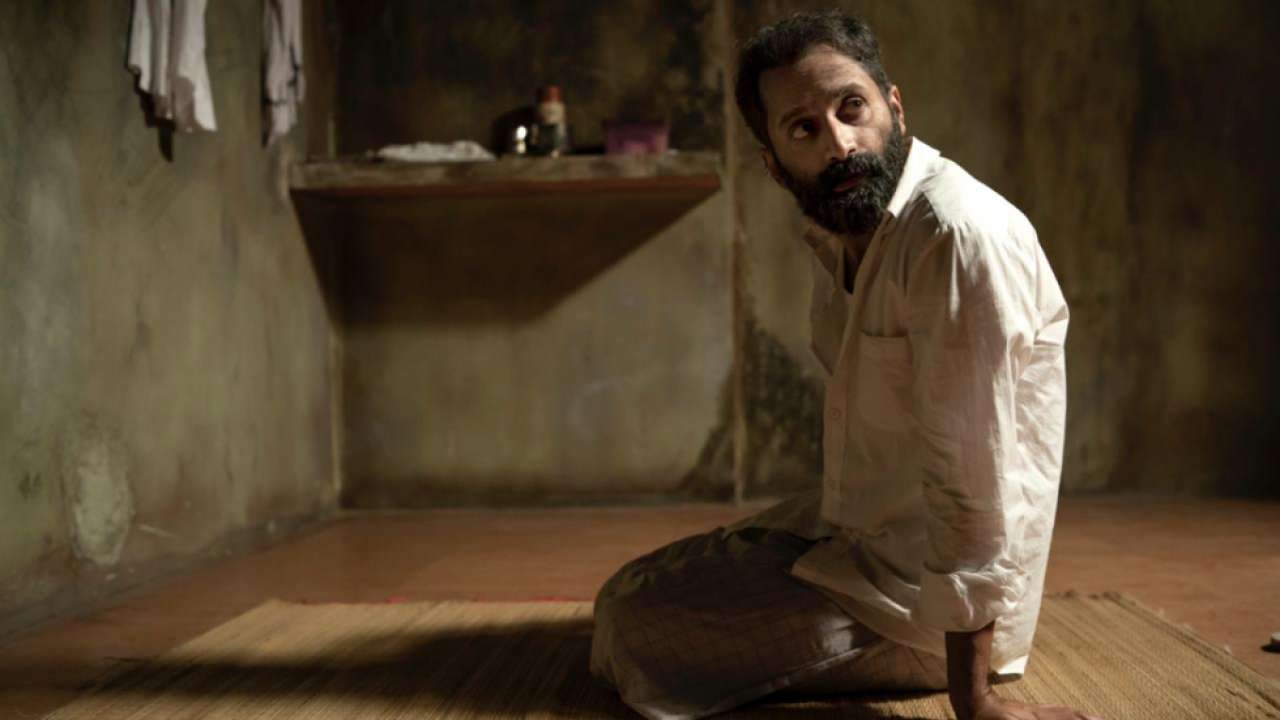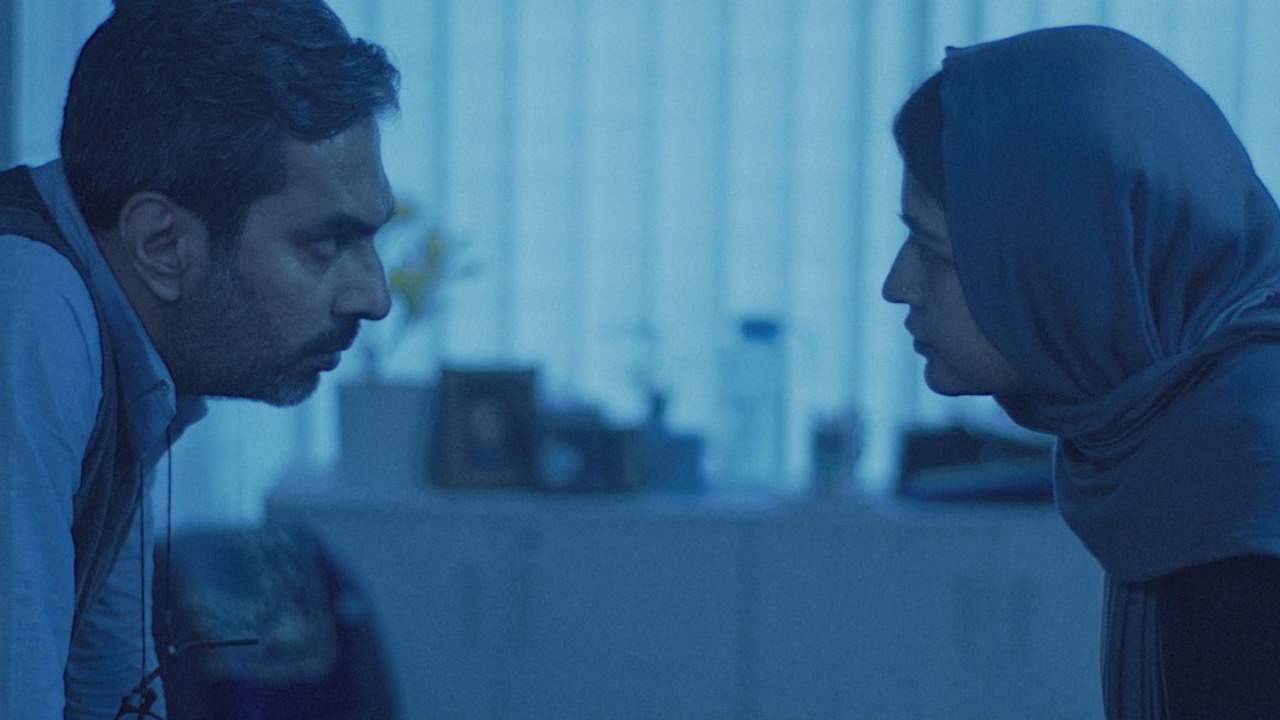An Jae-hoon's Contrechamps Jury Prize-winning film “Shaman Sorceress” premiered at Annecy 2020. Originally planned for the silver screen but instead splashed across computer monitors, the film's reception has been severely muted — which is a shame, considering the its unprecedented qualities. In this animated musical about a sexually promiscuous medium in the Joseon era, “Shaman Sorceress” tests the boundaries of Korean culture wars.
The film begins with Nang-yi, a deaf daughter with an eye for ink painting. She and her beautiful mother, Mowha (Sonya) live in disgrace. Mowha scrapes a living between her alcoholic tendencies and sexual escapades by serving as the local exorcist. One day, Nang-yi's long-lost, handsome brother, Woo-kyi (Kim Dae-hyun) — originally sent away to study at a Buddhist temple — returns many years later as a Jesuit pastor-in-training. Armed with the Bible and the power of prayer, he devotes his days to convert his heathen mother. The spiritual warfare at home taints the family's public image however, as Mohwa struggles against her son's contradictory beliefs to maintain legitimacy in the rapidly-Westernizing times of the Joseon Era.
The film excels in its revelry of the Joseon era. Kang Sang-su's heart-pounding instrumental mix — a vibrant stew of throbbing buk, bamboo flutes, and the ever-nasal Kkwaenggwari — composes a melody to the otherwise atonal traditional orchestra. The expertly-crafted music elevates Mowha's exorcisms, intensifying her performances alongside the visual feast of her colorful robes. In line with the rest of An Jae-hoon's filmography, the film also shines with exquisitely-painted traditional houses, pieces of furniture, and hanbok. The nostalgia — and notably, the focus on this unique moment of Westernization in Korean history — feels immediately reminiscent of Japanese animated films like Keiichi Hara's “Miss Hokusai” (2015) and of Lee Byeong-heon-starring Korean drama “Mr. Sunshine” (2018).
Unlike the strong characters of both productions, however — wherein the characters are strongly resilient, or even work with the overwhelming forces of change — Nang-yi simply resigns to the circumstances of her moment. She, like the viewer, watches history with the knowledge of hindsight. Her specific perspective provides a unique hindsight of post-memory, allowing her personal retelling to relive intergenerational trauma of West-East culture wars. Indeed, sometimes “Shaman Sorceress”‘ nostalgia can be translated into a pseudo-nationalism, seeking a purity of Korean-ness (harkening to pre-colonial times) that has by now been long died off.
There still exists a strongly contemporary vein to An Jae-hoons work, however, as evidenced through his hybrid animation style. Using the commercial standard of mixing 3D models in 2D backgrounds, An Jae-hoon stretches his normally naturalistic call for nostalgia — and struggles to grapple with the abstraction beyond the real-world. Like An Jae-hoon's earlier film “Sonagi” (2017), the still backgrounds refuse to interact with the dynamic foreground. While that works in his earlier film entrenched in real-world nostalgia, it's frankly jarring in a film about the supernatural. An Jae-hoon unfortunately fails to brush up the more abstract elements of the film, where each non-naturalistic background feels more like cheap graphic design than artistry.
Even beyond style, the audience-targeting is equally awkward. The musical numbers seem designed to appeal to younger audiences; however, the firm commitment to naturalism and even underlying suggestions of incest feel considerably more mature. Moreover, the interplay between Christianity and Buddhism are perhaps too close to the real-world religio-political tensions of modern-day Korea. Even the 2D-3D animation feels at war with each other sometimes, as the layers seldom interplay with each other to create singular, composite images.
Amid all the paradoxes, An Jae-hoon's animation captures the complexity of home-grown animation. Capturing a fictional story at the crossroads, “Shaman Sorceress” is a notable addition to the oeuvre of homegrown Korean animation. There is no one “better” or “worse” moment in Korean history, but only poetry in what has passed.















